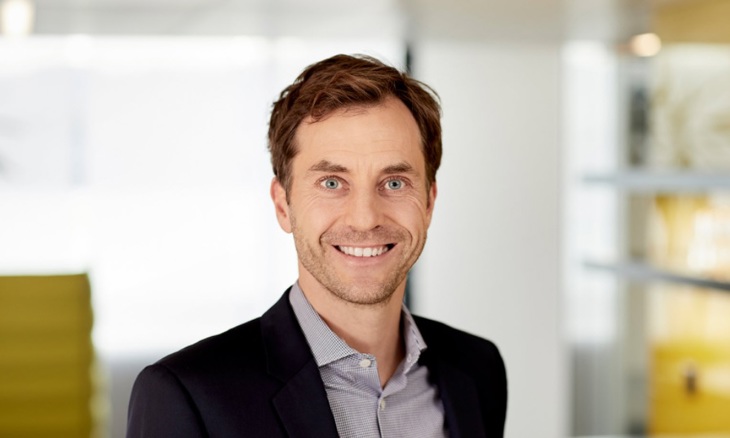
Christian Dahmen: The amount of debt that is in negative rates is staggering. A natural reaction to this would be to see what other opportunities insurers can pursue on the underwriting-risk side.
There is a bit of a mixed picture here, as there is still a lot of uncertainty with Covid-19. A lot of players have not yet fully assessed the damage that was done to them, both in non-life and life insurance.
“The amount of debt that is in negative rates is staggering.”
Certainly, the appetite is to scoop up the opportunities in this market, which is heartening. But the tendency is still for people to be more cautious because the loss exposures have not been fully clarified in many areas, and in a couple of areas this may even take years.
This will impact the speed at which the market in general will shift into seizing opportunities in underwriting.
Christian: The response has been very swift. Before March 2020, it felt like the yields everywhere were creeping up again, that quantitative easing (QE) might ultimately come to an end, and that we might get a healthier regime for insurers.
These hopes have disappeared with this policy response. There seems to be a consensus that after every pandemic or crisis, the yields are low for 10-15 years and it seems as though this is where we are now.
“The policy response has eliminated all hope that we are going
to see an increase in yields anytime soon.”
It is a gloomy prospect and there will be winners and losers, but there are still strategic options in terms of emerging credit and illiquid assets.
This is just something that everyone will need to work out. So, the policy response has been very fast and has eliminated all hope that we are going to see an increase in yields anytime soon.
Christian: We are invested in some emerging market (EM) at NewRe. They did have a share of the losses that we saw globally, but also bounced back.
This movement seems consistent with the way the Covid-19 crisis played out and spread in these countries, as well as with the way governments responded in policy terms. So, I wouldn’t single out EM as a loser.
“It certainly doesn’t seem like a burned asset class post-Covid.”
In general, the market response was reasonable and similar to that in other countries. But EM is quite a vast field, so I am speaking more to our investments, which is the upper tier of EM. It certainly doesn’t seem like a burned asset class post-Covid.
Christian: Part of the problem is that it is too early to say.
If we mix these assets with our normal liquid book, in my view we will boost the overall yield outcome. But we are more cautious about whether they cover the liability to the best extent.
We all have liabilities that are due in 30-40 years, so naturally, you would hope to scoop up the illiquidity premium.
But I wouldn’t go as far as to say that these investments are the best fit to get a liability that pays a constant revenue stream for 40 years.
In this sense, there is a quite a big gap between the coupons I get from a bond for 40 years, and the revenues I get from an airport that I buy and lease out for 40 years.
“If we mix these assets with our normal liquid book, in my view
we will boost the overall yield outcome.”
The uncertainty around these cashflows in 10-30 years are quite big. So, the problem with this uncertainty is that it is very much investment specific.
The risk of say, the airport example falling short on the cashflows, is quite different from the wind park also on our book.
There will be cashflows over decades, but I don’t think we can map them out as easily as the coupon books.
So, as a modeller, I wouldn’t claim that the market risk is nil and that my liability in 40 years is perfectly matched with that airport. This isn’t a reason not to do it, but it isn’t the perfect cashflow match.